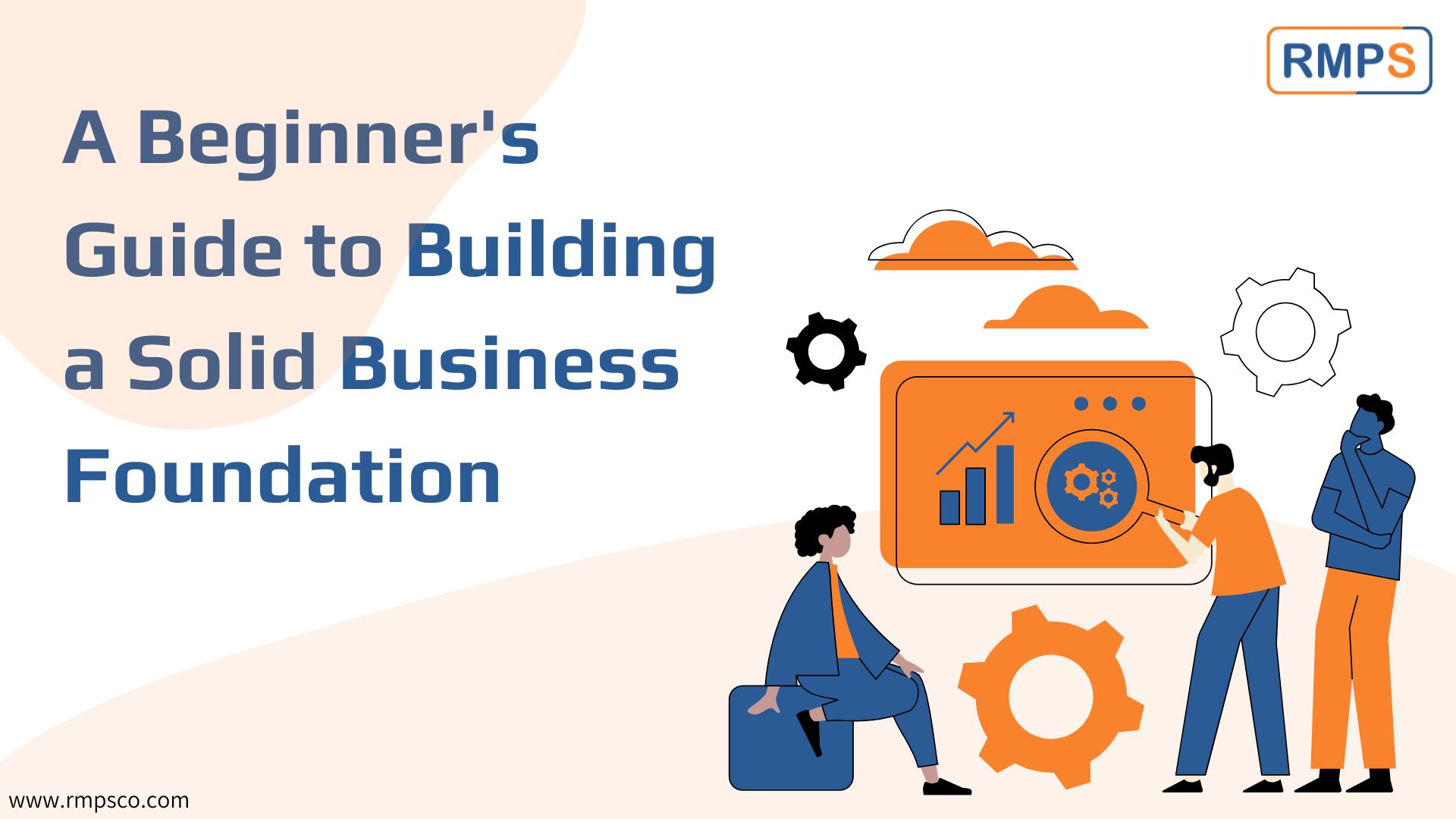
A Beginner’s Guide to Building a Solid Business Foundation
Are you someone with a brilliant business idea but unsure how to transform it into a viable venture? Or perhaps you’re already running a business but struggling to define or refine your business model? You’re not alone. Many aspiring entrepreneurs and even established owners find themselves in this dilemma.
Building a successful business starts with a solid foundation, and at the core of that foundation lies your business model. It’s essentially the blueprint that outlines how your business creates, delivers, and captures value. But if you’re feeling overwhelmed or confused about where to start, fear not. In this beginner’s guide, we’ll walk you through the key steps to building a robust business model.
Understanding the Basics
First things first, let’s break down what a business model actually is. At its simplest, a business model describes the rationale of how you creates, delivers, and captures value. It encompasses various elements such as your target market, value proposition, revenue streams, cost structure, and more.
Identifying Your Value Proposition
Your value proposition is the heart of your business model. It’s what sets you apart from the competition and addresses the needs or challenges of your target customers. To define your value proposition, ask yourself: What problem am I solving? What makes my product or service unique? Why would customers choose me over alternatives?
Understanding Your Target Market
Next, you need a clear understanding of your target market. Who are your ideal customers? What are their demographics, preferences, and pain points? Conduct market research to gather insights and validate your assumptions. The better you understand your target market, the more effectively you can tailor your offerings and marketing efforts.
Designing Revenue Streams
Your revenue streams are the channels through which your business generates income. This could be through selling products, offering services, subscription fees, licensing, advertising, or any combination thereof. Consider different monetization strategies and choose the ones that align with your value proposition and target market.
Mapping Out Your Cost Structure
Every business has expenses, and it’s crucial to understand and manage your costs effectively. Identify all the costs associated with running your business, including production costs, overheads, marketing expenses, employee salaries, etc. By mapping out your cost structure, you can ensure that your revenue streams exceed your expenses, leading to profitability.
Evaluating and Iterating
Building a model is an iterative process. It’s essential to regularly evaluate and refine your model based on feedback, market dynamics, and changing circumstances. Stay agile and be willing to adapt as needed to stay competitive and relevant.
Conclusion
Building a business model may seem daunting at first, but with the right approach and mindset, you can create a solid foundation for your venture. Remember, it’s not just about having a great idea—it’s about how you bring that idea to life in a way that delivers value to your customers and sustains your business in the long run. So, roll up your sleeves, dive in, and start building the business of your dreams, one step at a time.
Stay tuned for more insights and inspiration in our next Blog !
Subscribe Our Newsletter : bmX – Subscribe on LinkedIn
This article is only a knowledge-sharing initiative and is based on the Relevant Provisions as applicable and as per the information existing at the time of the preparation. In no event, RMPS & Co. or the Author or any other persons be liable for any direct and indirect result from this Article or any inadvertent omission of the provisions, update, etc if any.
